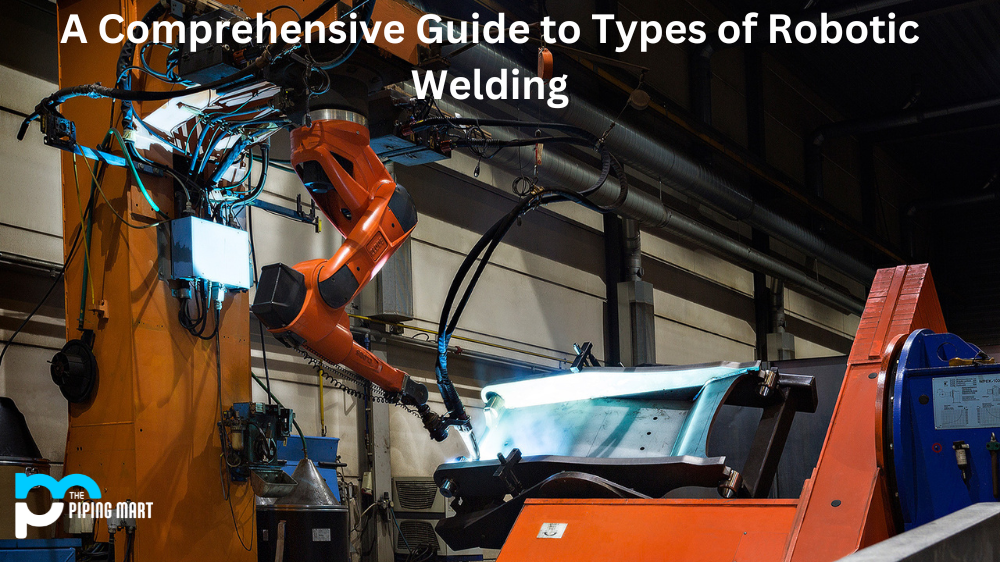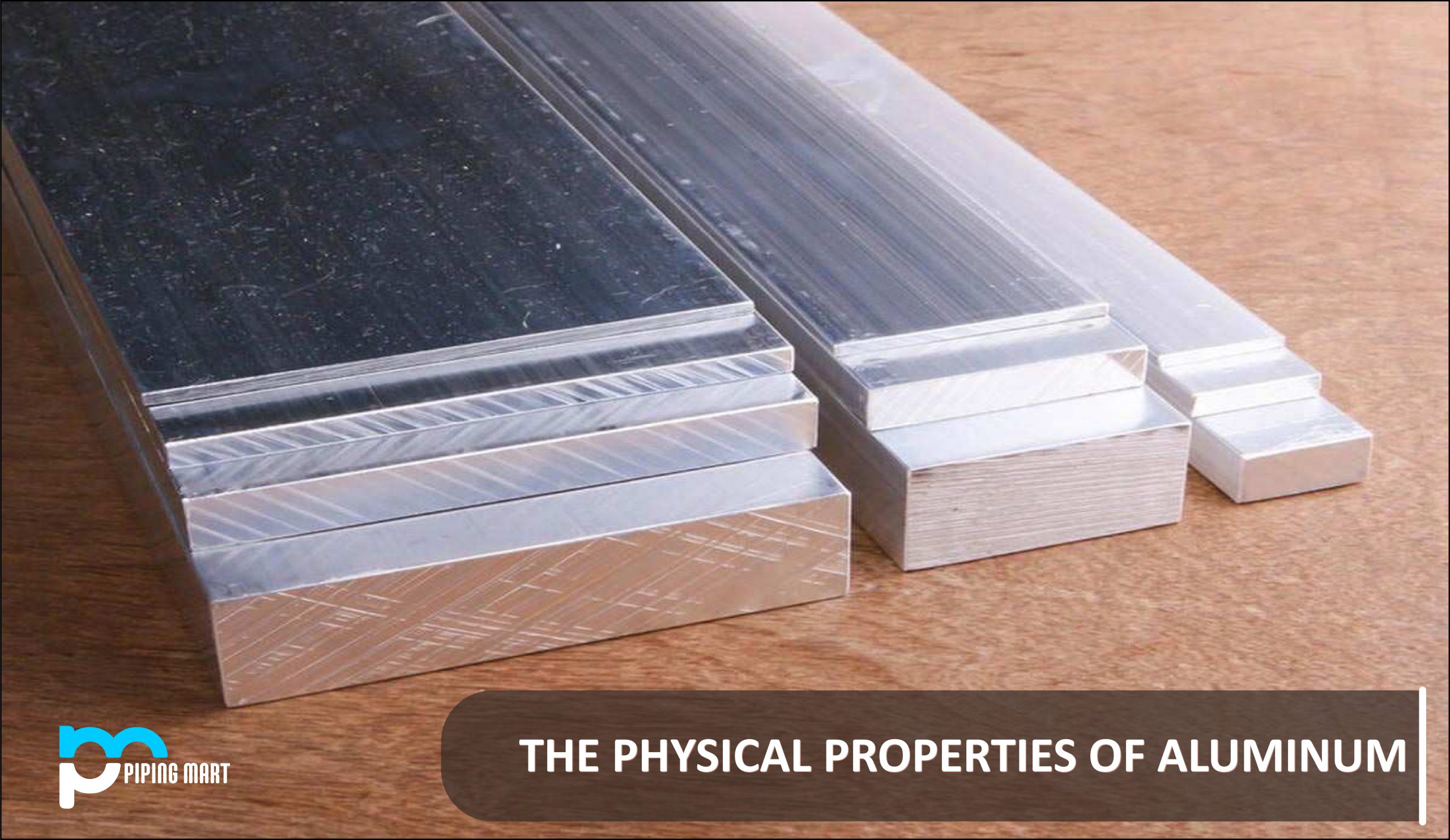Electrochemical machining (ECM) is a process of removing metal from a workpiece by passing it through an electrolytic cell. It utilizes the principle of electrochemical dissolution to achieve precision metal removal. The ECM process has been used for more than a century in various industries, such as aerospace, automotive, defense, medical device manufacturing, and others. Let’s explore the advantages and disadvantages of this metal-removal process.
Advantages of Electrochemical Machining
One of the major advantages of ECM is that it can be used for complex shapes that may be difficult or impossible to produce with traditional cutting methods. The ECM process does not require any special tools or fixtures, so it can reduce costs associated with tooling and setup times. In addition, ECM produces no heat-affected zones (HAZ), which makes it ideal for delicate components that cannot tolerate high temperatures. Furthermore, ECM is capable of producing tolerances up to 0.001 inches with minimal surface roughness levels.
- Electrochemical machining (ECM) is a machining process that removes material from a workpiece by passing an electric current through it.
- ECM is used to machine parts that are difficult to machine using traditional methods, such as those made of hard or brittle materials or those with complex shapes.
- ECM is a very precise machining process, with tolerances of less than 0.001″ achievable.
- ECM does not generate heat, so there is no risk of workpiece distortion due to heat-induced stresses.
- ECM can be used to machine very delicate parts without damaging them.
- The cost of ECM machinery is typically higher than that of traditional machining equipment, but the cost of operation is lower due to the lack of need for tooling and the fact that ECM can be automated.
Disadvantages of Electrochemical Machining
Unfortunately, ECM has its limitations. The cost associated with the process can be expensive due to the need for specialized materials and chemicals necessary for machining operations. In addition, the setup time for ECM can be lengthy due to the precise measurements required prior to machining operations beginning. Furthermore, ECM requires skilled personnel to operate the equipment as well as monitor the process throughout its duration due to safety considerations involved in handling hazardous materials used in operation. Lastly, because the electrolyte must penetrate deep into narrow spaces within complex parts in order for accurate machining operations to take place, this means that cleaning these areas properly before further processing is critical but also time-consuming and costly.
Limited to conductive materials
One of the major disadvantages of electrochemical machining is that it can only be used on conductive materials. This means that non-conductive materials such as plastics and ceramics cannot be machined using this process.
Requires expensive equipment
Another disadvantage of electrochemical machining is that it requires expensive equipment. This means that it is not a viable option for small-scale machining operations.
Time-consuming setup
Another downside to electrochemical machining is that the setup process can be time-consuming. This is because the workpiece and the tool must be positioned correctly in order for the process to work properly.
Limited to small features
Another limitation of electrochemical machining is that it can only be used to create small features. This means that it is not well suited for applications where large features need to be machined.
Requires special fluids
The fluids used in electrochemical machining are also a potential disadvantage of the process. These fluids are often corrosive and can be dangerous to work with if proper safety precautions are not taken.
Not suitable for mass production
One final disadvantage of electrochemical machining is that it is not suitable for mass production due to its limited speed and accuracy.
Conclusion:
Electrochemical machining (ECM) is a process that uses an electrolytic cell to remove metal from a workpiece in order to achieve precision metal removal with minimal surface roughness levels at tight tolerances up to 0.001 inches without leaving any heat-affected zones (HAZ). While there are several advantages associated with this method – such as reduced tooling costs and improved accuracy – there are also some drawbacks associated with using this technique – including high setup times and expensive operational costs due to specialized materials and chemicals needed during operation along with highly trained personnel needed for safety considerations during operation. All these factors should be taken into consideration when considering whether or not electrochemical machining is right for your business needs.

A passionate metal industry expert and blogger. With over 5 years of experience in the field, Palak brings a wealth of knowledge and insight to her writing. Whether discussing the latest trends in the metal industry or sharing tips, she is dedicated to helping others succeed in the metal industry.




